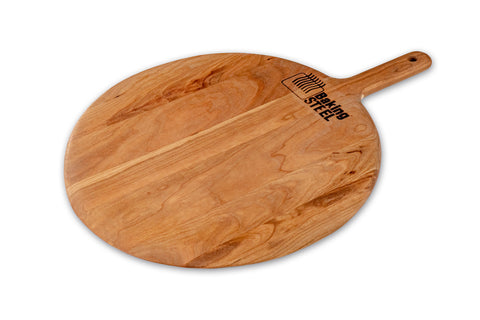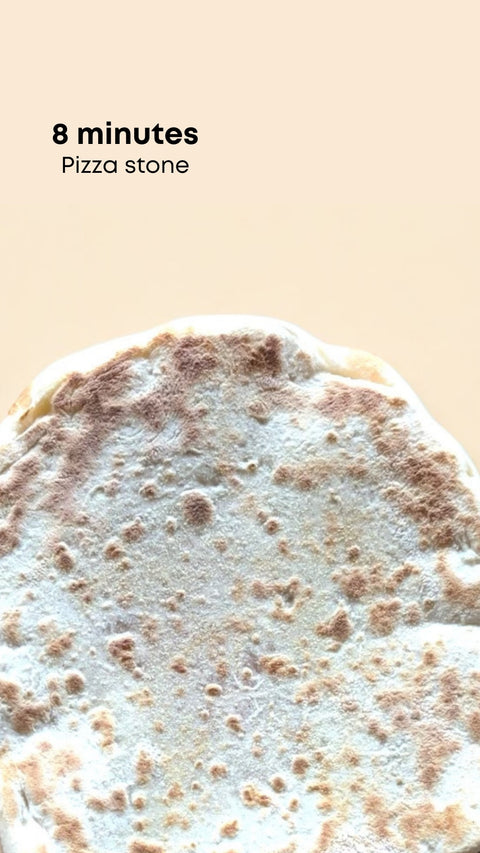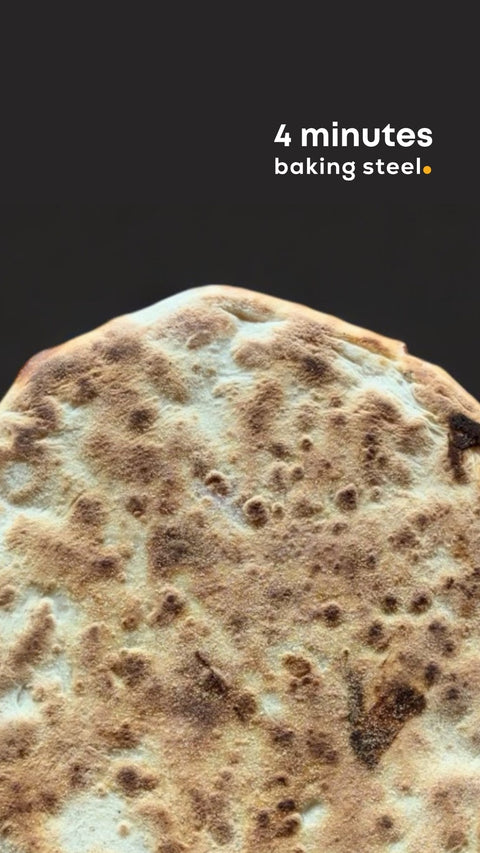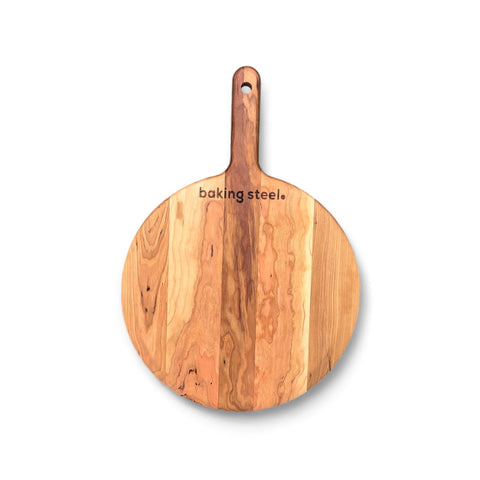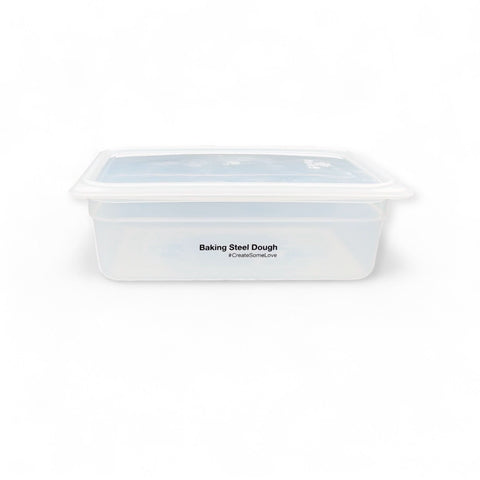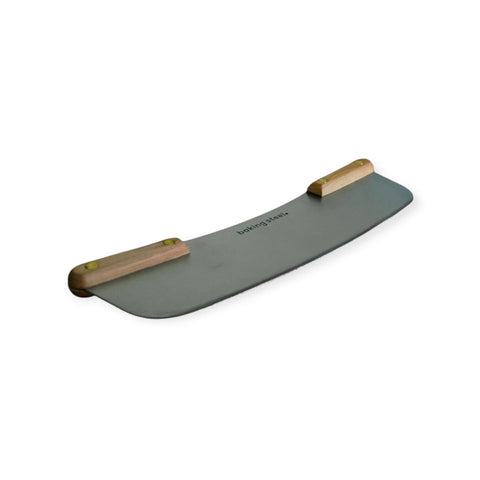When it comes to crafting the perfect pizza, the journey often starts with the dough. One of the most crucial elements that determine the ultimate texture of your pizza crust is water content.
Let's uncover the secrets of dough hydration levels and their impact on your pizza-making adventures. Discover the best tools for perfect pizza.
The Role of Water Content in Pizza Dough
Water content, or dough hydration levels, is defined as the ratio of water to flour in your dough. This ratio significantly affects the dough's consistency and, ultimately, the texture of the baked crust. Understanding this relationship is key to mastering the perfect pizza crust. Learn more about essential pizza-making tools.
High Hydration Levels for Chewy Pizza Dough
For those who savor a chewy pizza crust, high hydration levels are essential. When there is a higher water absorption in dough, it produces a more elastic and extensible dough. This elasticity allows the dough to stretch without tearing, resulting in a soft and chewy texture once baked.
Typically, dough hydration levels for chewy pizza dough range from 65% to 70%. The extra water creates a more open crumb structure, contributing to the chewiness that many pizza lovers adore. Get the tools to perfect your chewy crust.
Low Hydration Levels for Crispy Pizza Crust
If you’re aiming for a crispy crust pizza, lower hydration levels are your target. Lower water content in pizza dough means less moisture is retained during baking, leading to a drier and crisper texture. Dough hydration levels for a crispy crust usually fall between 55% and 60%. The reduced moisture content allows for a more pronounced Maillard reaction, which is the browning process that gives crust its crispy exterior. Achieve the perfect crispy crust with our high-quality baking steel.
Finding the Perfect Balance in Pizza Dough
Achieving the ideal pizza crust texture often requires a bit of experimentation. Start by adjusting your dough hydration levels and observing the changes in dough consistency for pizza. Remember, the type of flour you use also affects water absorption in dough. High-protein flours, such as bread flour, will absorb more water than lower-protein flours, like all-purpose flour. Therefore, it's important to consider the type of flour when adjusting hydration levels. Learn how to balance your dough perfectly.
Tips for Achieving a Crispy Pizza Crust
1. Preheat Your Baking Surface
Using a highly conductive baking surface, such as a Baking Steel, can significantly enhance your crust's crispiness. The steel’s ability to retain and evenly distribute heat ensures a well-baked crust.
2. Thinly Roll Your Dough
For a crispier crust, roll your dough thinner. This reduces the overall moisture content, promoting a crisp finish.
3. Par-Bake the Crust
Par-baking, or partially baking the crust before adding toppings, can help achieve a crispy texture by evaporating excess moisture.
Impact of Baking Equipment and Accessories
1. Baking Steel
A Baking Steel can significantly enhance the crispiness of your crust by providing intense, even heat. The steel's heat retention and distribution qualities ensure a crispy bottom while maintaining a chewy interior.
2. Pizza Stone
While a pizza stone also helps achieve a crispy crust through even heat distribution, it may take longer to preheat compared to a baking steel. However, it remains a popular choice among home bakers.
3. Pizza Peel
A pizza peel is essential for transferring your pizza to and from the oven. Using a well-floured wooden peel can prevent sticking, ensuring that your dough maintains its shape and texture during the transfer process. Find the perfect pizza peel.
4. Oven Types
The type of oven you use can also impact your crust. Conventional ovens work well, but pizza ovens can reach higher temperatures, resulting in a crispier crust. Convection ovens, which circulate hot air, can also help achieve an even bake.
Mastering Dough Consistency for Perfect Pizza
Understanding and mastering dough consistency for pizza is crucial. Whether you prefer a chewy or crispy crust, adjusting your dough hydration levels will help you achieve the desired texture. For a chewy pizza dough, ensure that your dough is well-hydrated and has a smooth, elastic consistency. For a crispy crust pizza, aim for a drier dough that holds its shape well.



